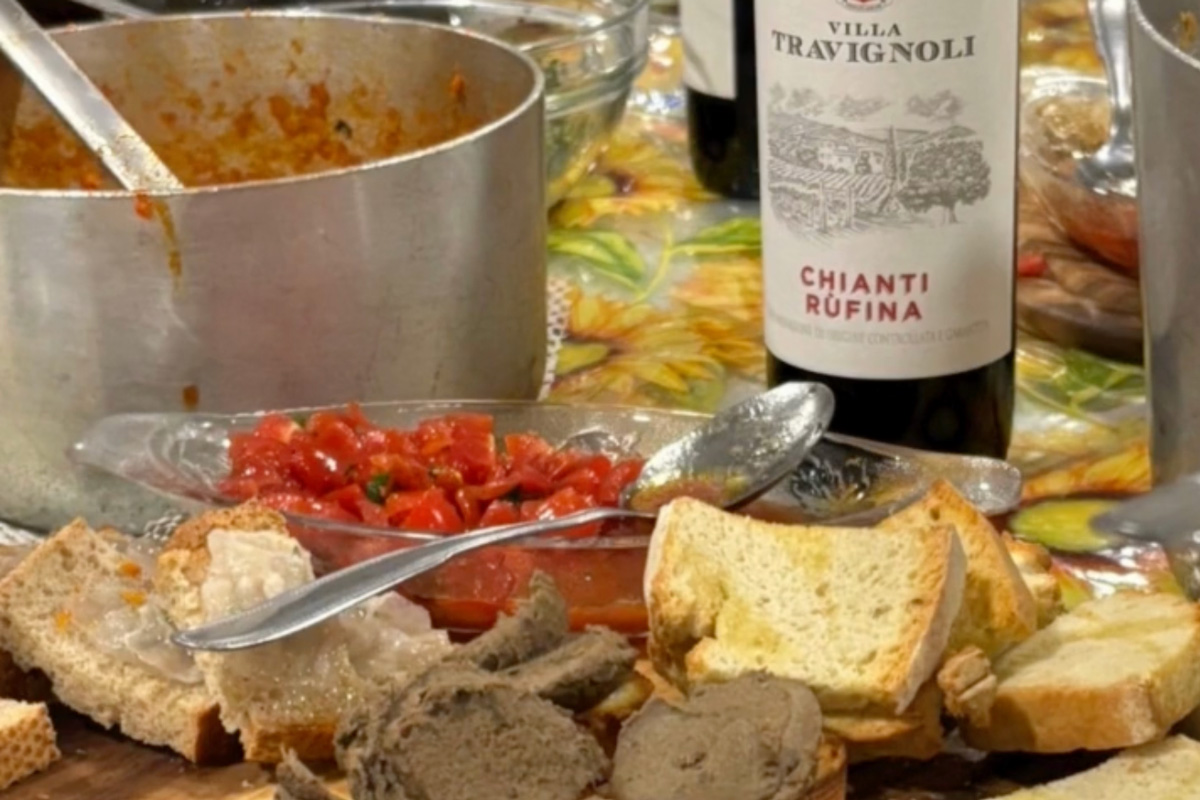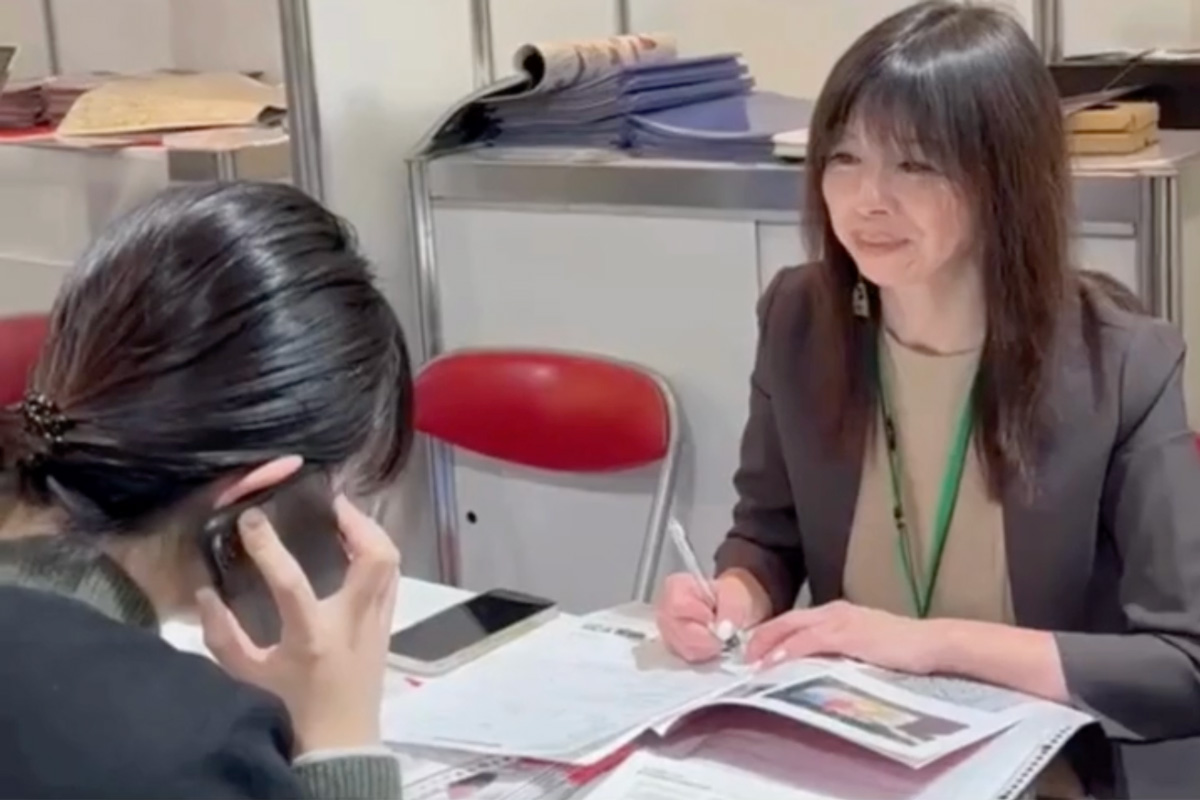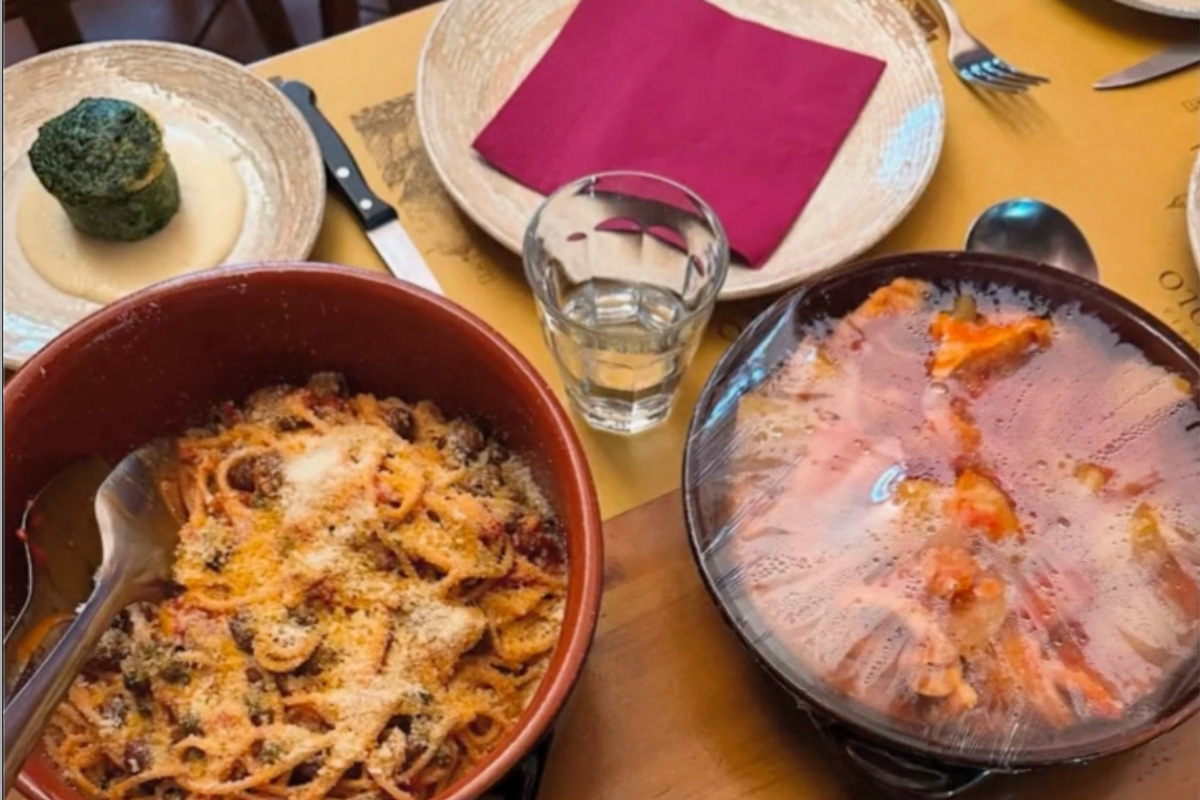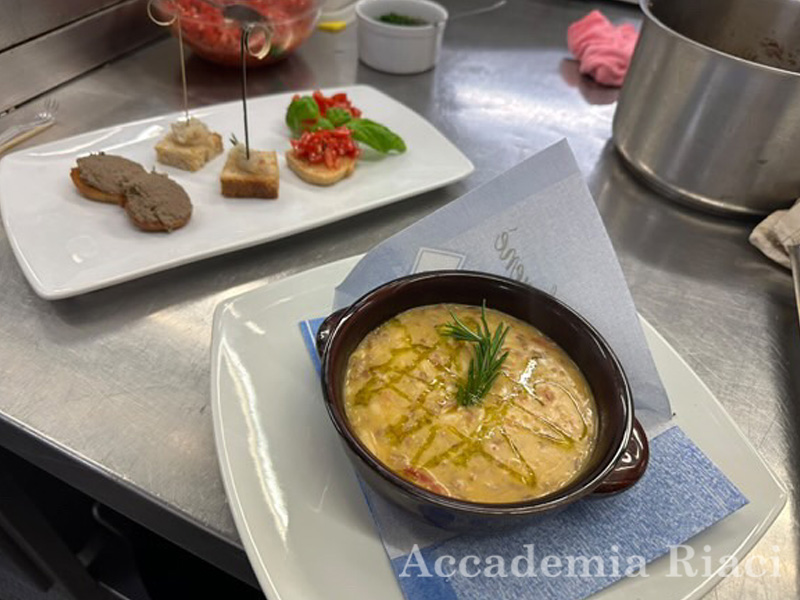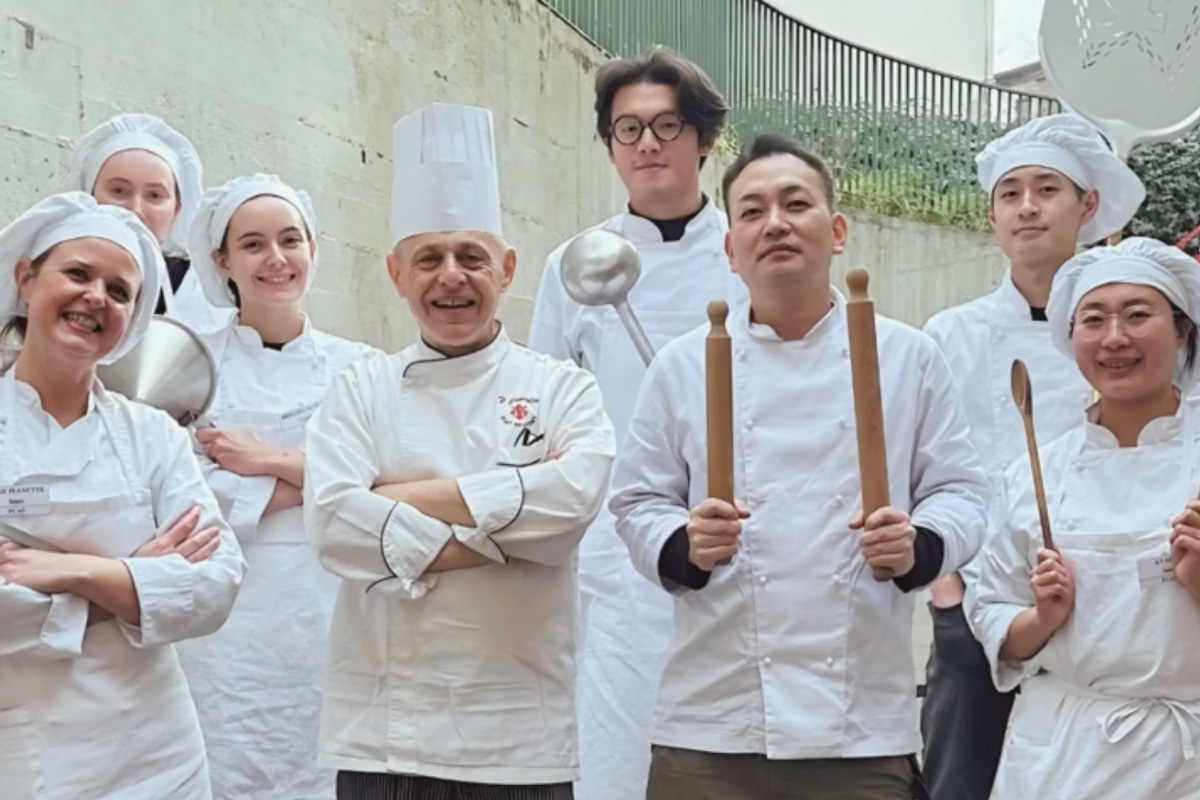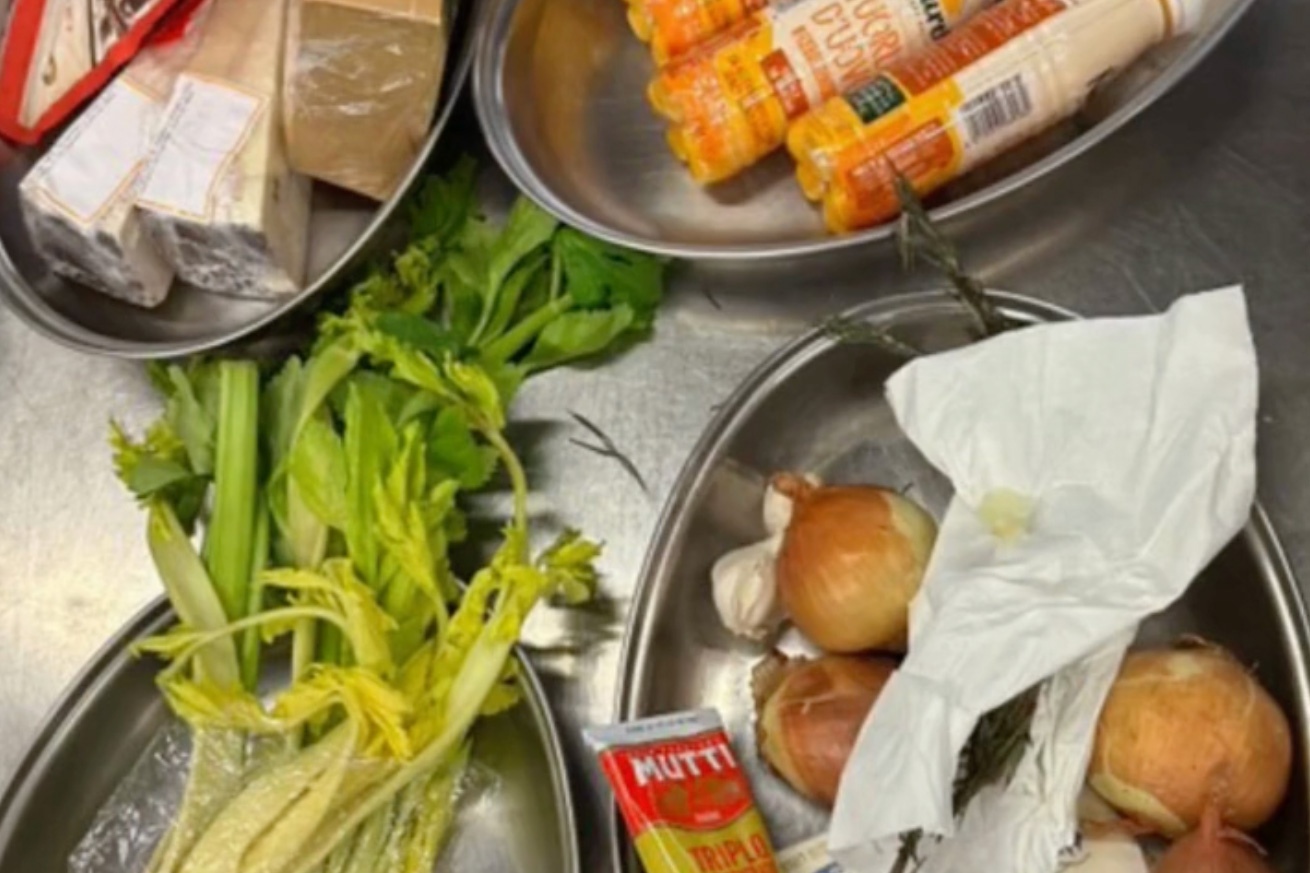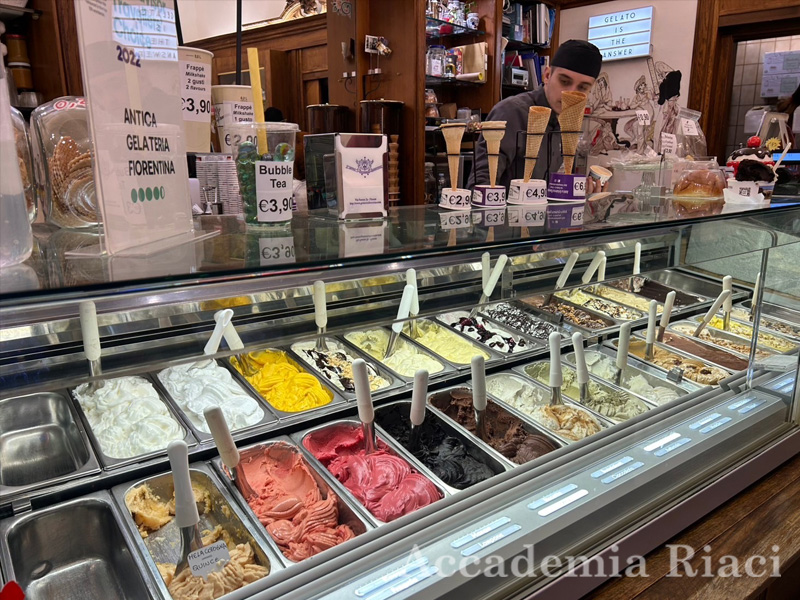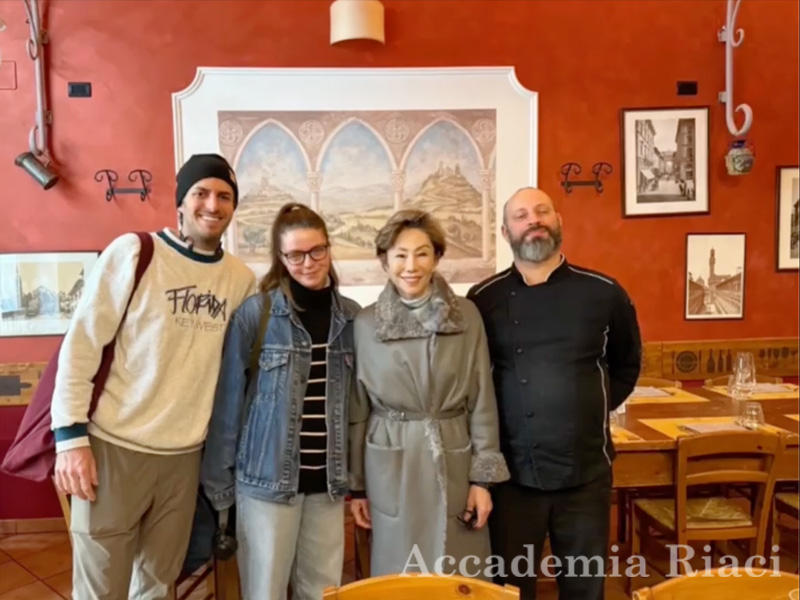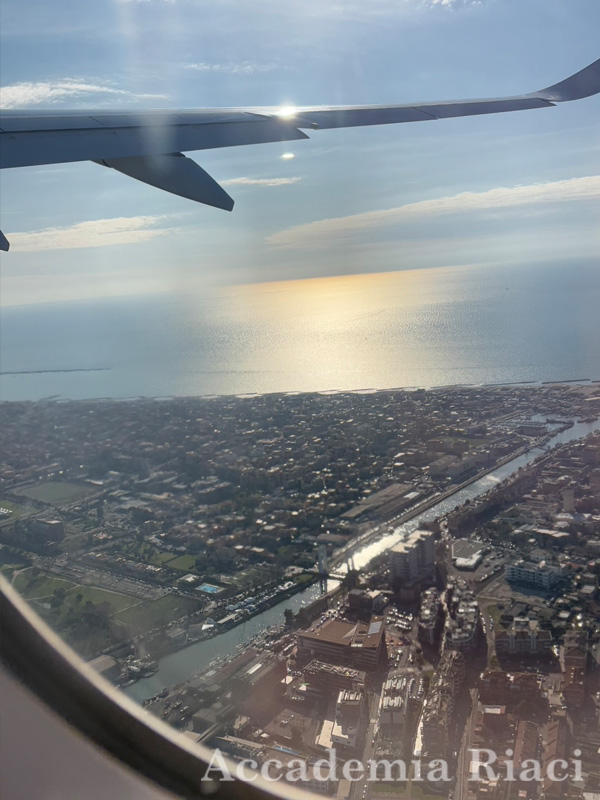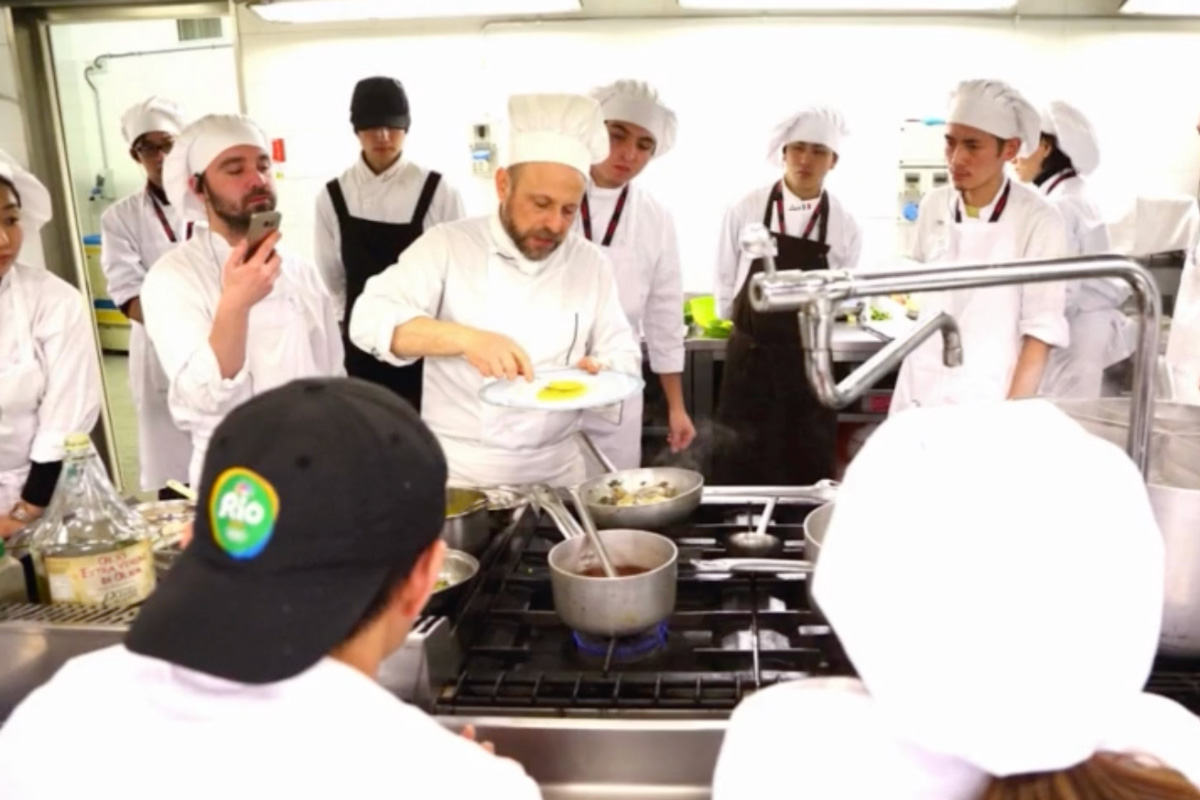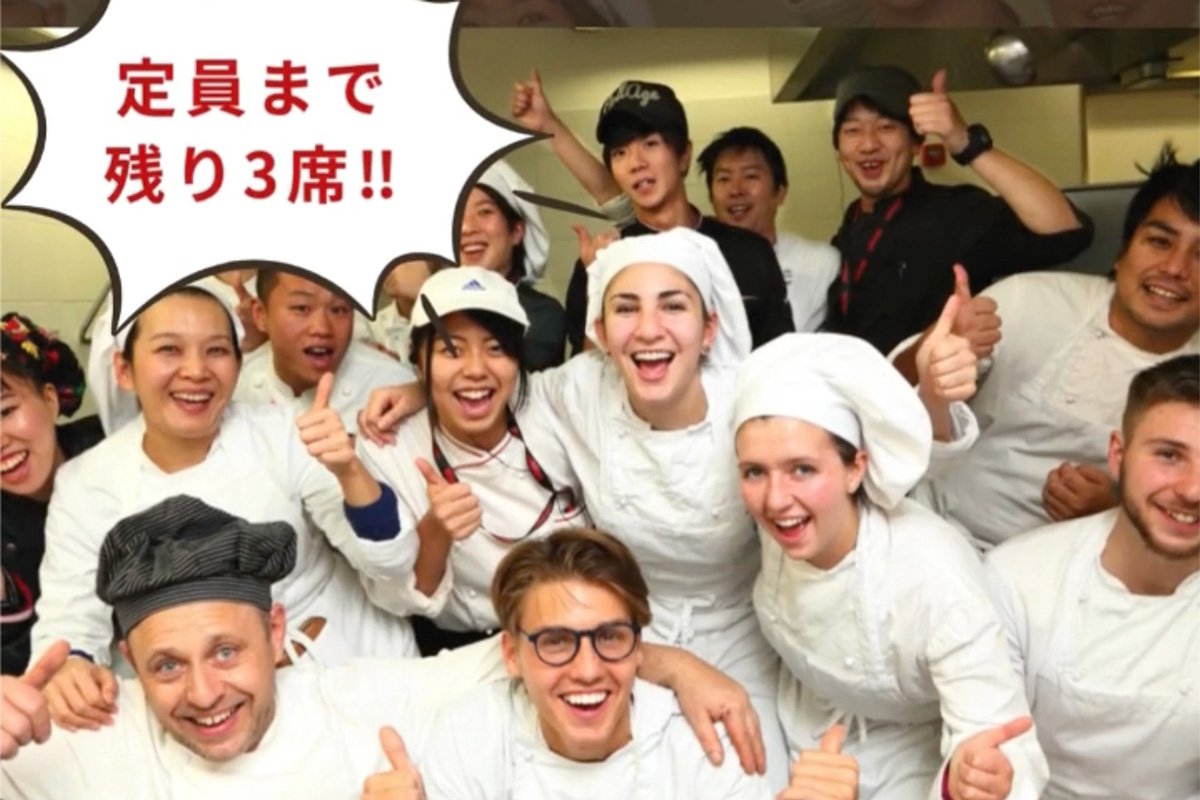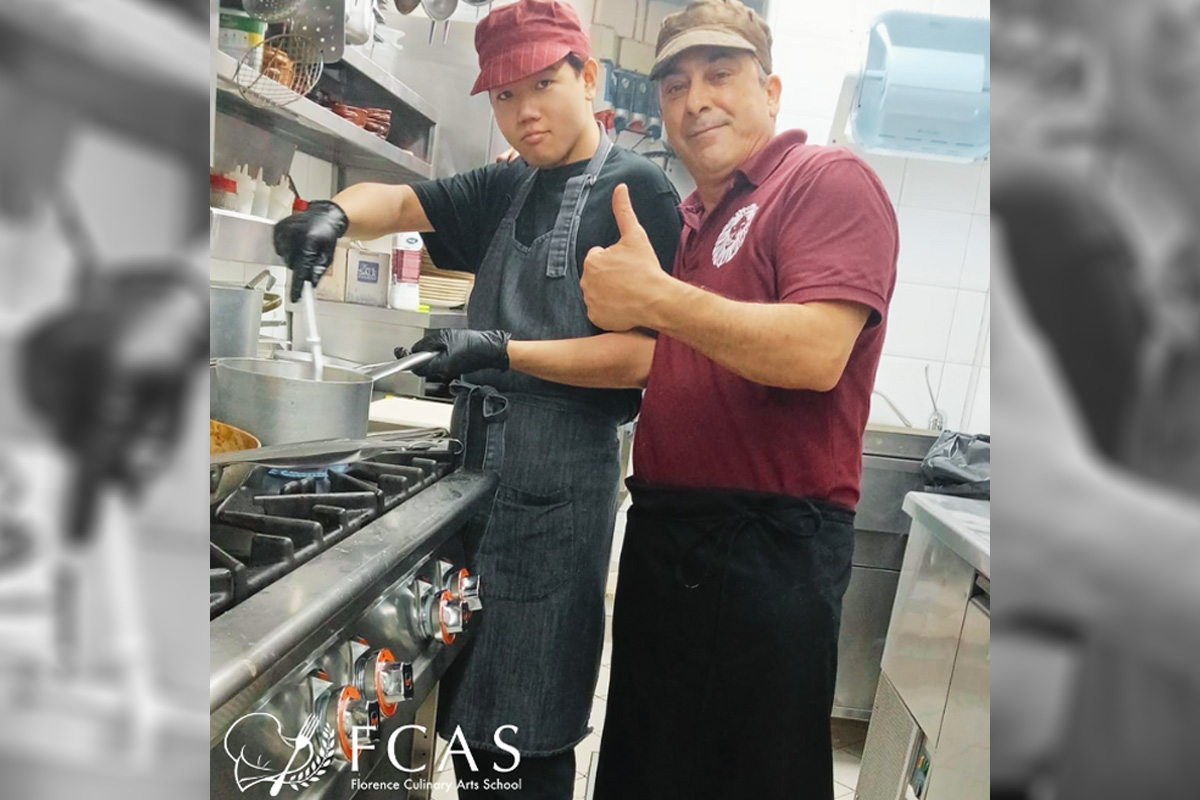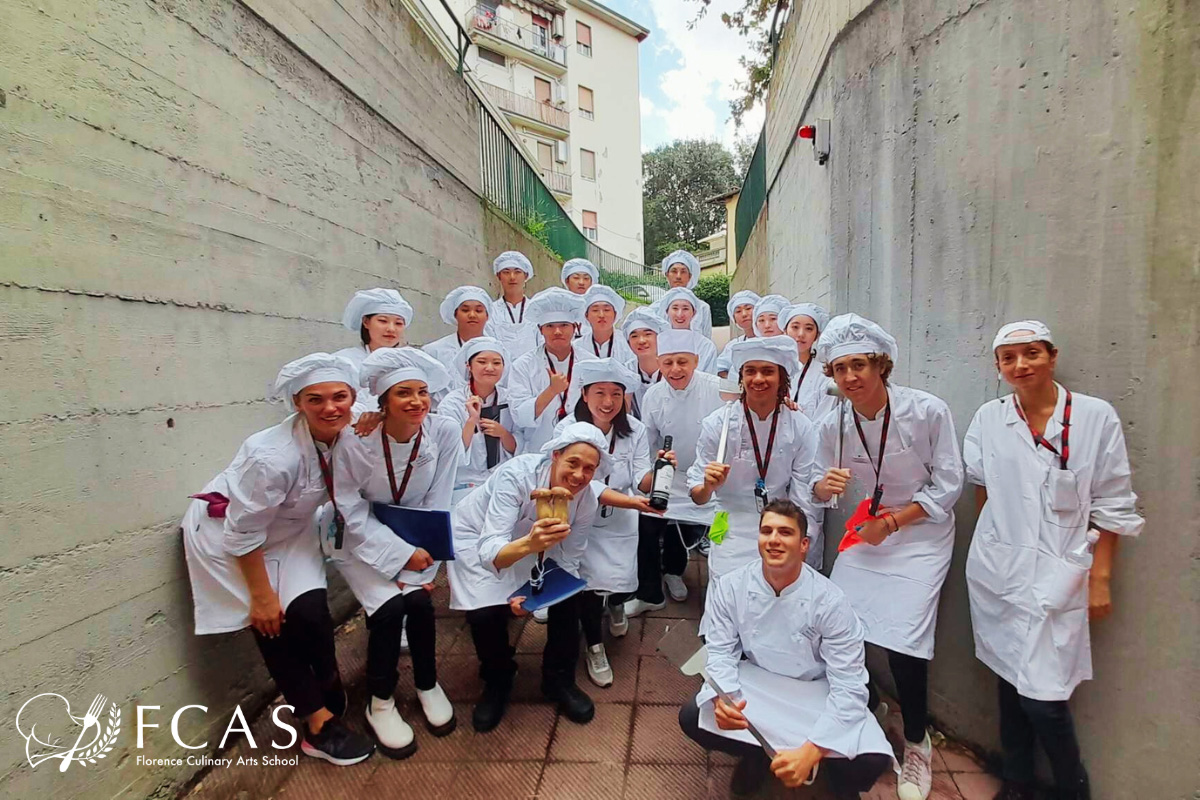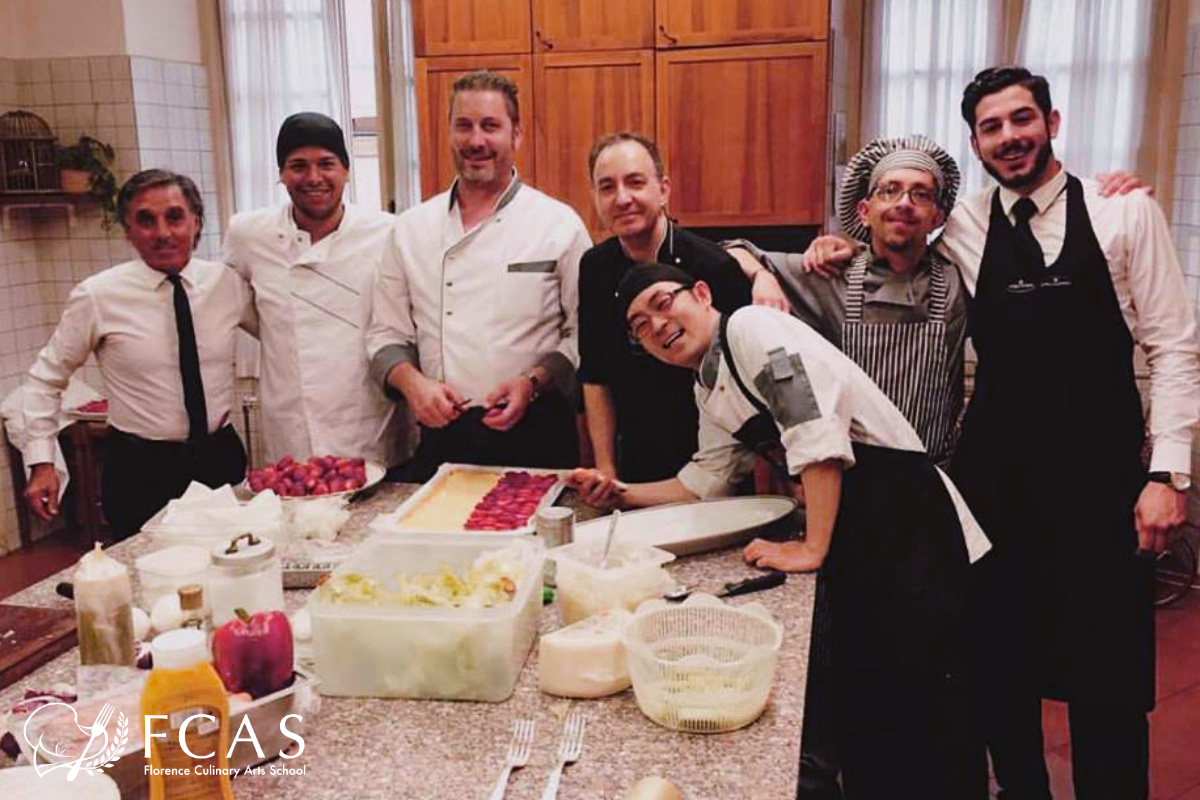PRINCIPE CORSINI
The visit at Villa Corti is always like a dreamlike to me. Last time I went with my batch mates in May. The garden was full of blooming roses and we saw the princess standing on the balcony.
The Corsini family is one of the most prestigious Italian aristocratic families. They have contributed to many historically important things in Italy for example the Trevi Fountain in Rome was commissioned by Lorenzo Corsini Pope Clemente XII who lived between 1652-1740.
Today again I went with my classmates for a guided tour of the wine cellars and the olive mill. The tour guide explained about winemaking and oil pressing methods which were quite impressive.
I have always wondered about the making of the Olive oil since I was young. In Thailand we have another kind of Olives which grows next to the river and we eat them as fruits dipped in sea salt and crushed chilies. The process of Italian Olive oil making is a whole new World to me.
The Olives were hand-picked and must be processed within few hours in the estate’s owned Olive mill. They were passed through the washing,pressing,kneading,extraction and then separation until becoming the extra virgin Olive oil.
I was amazed that 400 kg of Olives can produce roughly around 40 liters of Extra virgin olive oil. The making of normal Olive oil is the repeated process by using the same extracted Olives. That’s why the prices, scents and tastes are different.
Their olive oil has been awarded the Denomination of Extra Virgin Olive Oil of Chianti Classico DOP, and it has also received its organic certification from the QC Certification.
We visited the wine cellars and walked through a series of underground tunnels that pass under the Villa. At the end of the tour, we had a wine and Olive oil tasting in the historical osteria.
The success of their wines is not a secret or by luck. Apart from a fertile wine growing terrain which contributes to great wine making.
They pay attention to details in every process of wine making , more or less like the chefs working with details in the kitchen.
They strictly followed the rules and regulations of the Chianti Classico Denomination by not even using the drip irrigation systems.
A low-trained spurred cordon cultivation system was chosen. The right cultivation balance was promoted by planting no more than 6,000 vines per hectare. The “Le corti” which was kept aging for 20 years in the cellar was my favorite.
The estate situated in the heart of Chianti Classico, in the locality of San Casciano in Val di Pesa. The bus ride through the Tuscany country side in Autumn was absolutely enjoyable and it was conveniently only 20 km from Florence.
In the beautiful All’italiana garden overlooked the hills of Val di Pesa, the students took a group photos together as it was their last field trip of the culinary for professional chef course.
Understanding the wine making and oil pressing methods made me think it’s not just a making but it is an art of craftsmanship which deserves a high respect.
Next time I have a glass of wine, I would be grateful to the people who were behind my glass of wine and of course, the beautiful hills of Val di Pesa would always be on my mind.
イタリア料理留学、イタリア料理修行、イタリア長期留学、イタリア短期留学はフィレンツェ料理学園へ



